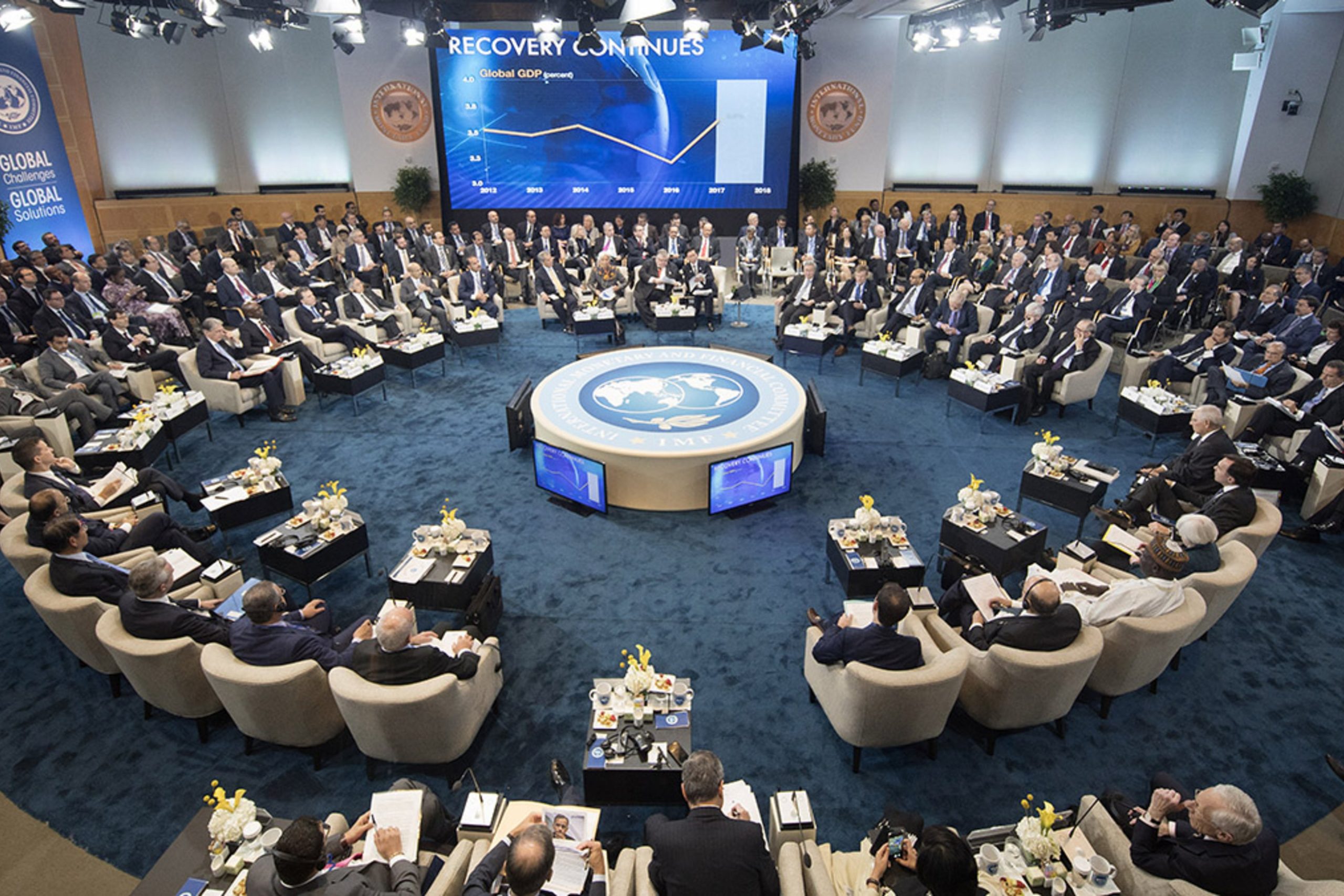Covid-19 More Devastating Than Global Financial Crisis Says IMF/World Bank Report
As the 2021 Spring Meetings of the International Monetary Fund (IMF) and The World Bank Group starts today, it is taking off on a rather somber note as global economic managers take stock of the true value of the devastation caused by the Covid-19 pandemic across the world. The 2021 World Economic Outlook (WEO) due for release today compared the impact of the global financial crisis to that of the COVID-19 recession and found that the pandemic had three times the impact on global output in half the time. The WEO sought to know how great the economic damage in years to come will be and what might be the lasting impact of the pandemic-induced recession on employment. It also highlighted how policymakers can help the workforce cope with the pandemic’s harsh and unequal impact.

On the After-Effects of the COVID-19 Pandemic: Prospects for Medium-Term Economic Damage, the WEO examines the possible persistent damage (scarring) that may occur from the COVID-19 recession and the channels through which they may occur. Noting that importantly, financial instabilities—typically associated with worse scarring—have been largely avoided in the current crisis so far. While medium-term losses are expected to be lower than after the global financial crisis, they are still substantial, at about 3 percent lower than pre-pandemic anticipated output for the world in 2024. The degree of expected scarring varies across countries, depending on the structure of economies and the size of the policy response. Emerging market and developing economies are expected to suffer more scarring than advanced economies.
Read also:What Africa needs to recover well from Covid-19 disaster—IMF
One sector the pandemic has had a major disruption is the labour market. The WEO devoted a chapter to the changes and challenges in the workplace. Titled Working Out the Differences: Labor Policies for a Fairer Recovery, Recessions and Recoveries in Labor Markets: Patterns, Policies, and Responses to the COVID-19 Shock, this chapter highlights that the labor market fallout from the COVID-19 pandemic shock continues, with young and lower-skilled workers particularly hard-hit. Pre Existing employment trends favoring a shift away from jobs that are more vulnerable to automation are accelerating. Policy support for job retention is extremely powerful at reducing scarring and mitigating the unequal impacts from the acute pandemic shock. As the pandemic subsides and the recovery normalizes, a switch toward worker reallocation support measures could help reduce unemployment more quickly and ease the adjustment to the permanent effects of the COVID-19 shock on the labor market.
Read also:Amid Recession, World Bank Optimistic Over Sub-Saharan Africa Economic Recovery
The Outlook equally tackles How Rising Interest Rates Could Affect Emerging Markets. In that chapter, it notes that monetary policy easing by advanced economies early in the pandemic provided much financial relief to emerging markets. Looking ahead, a multispeed recovery from the crisis will raise challenges. Our analysis suggests that while a US tightening resulting from a stronger US economy tends to be benign for most emerging market economies, a surprise tightening triggers capital outflows from emerging markets. It will thus be important for advanced economies to explain clearly how they will implement their monetary policies during the recovery. The chapter’s analysis also suggests that emerging market economies can reduce their vulnerability to adverse financial spillovers by adopting more transparent and rules-based monetary and fiscal frameworks.
Kelechi Deca

Kelechi Deca has over two decades of media experience, he has traveled to over 77 countries reporting on multilateral development institutions, international business, trade, travels, culture, and diplomacy. He is also a petrol head with in-depth knowledge of automobiles and the auto industry

